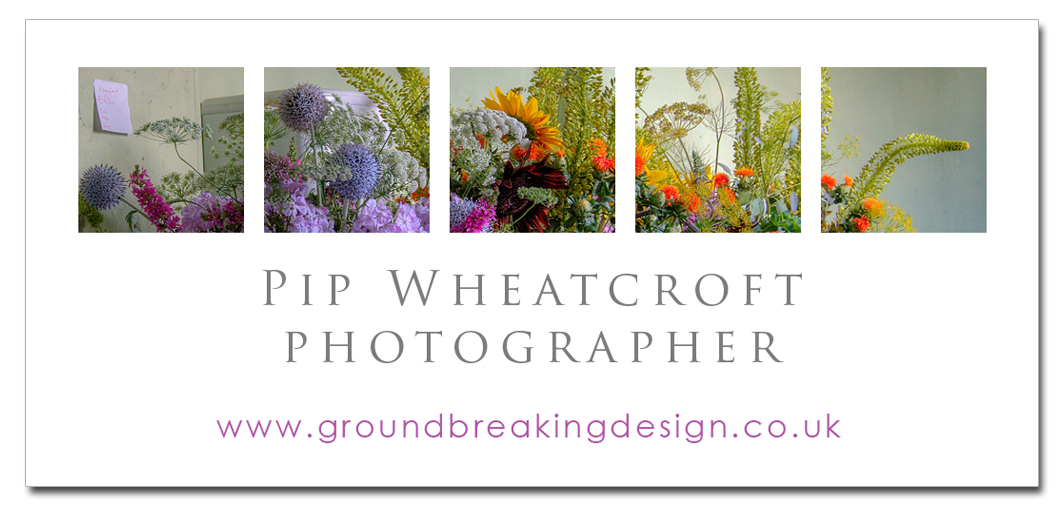
Tom Ang describes photography as 'resembling a building site' for a few years whilst major manufacturers clung to the wreckage of the old ways of photography refusing to embrace the dawn of the digital age. He is a much travelled and published photographer, author and teacher. He has worked as a technical editor, editor and picture editor on many magasines. His own photography in both digital and film format has been widely exhibited, also contributing to What Digital Camera and The British Journal of Photography.
Ang won the Thomas cook Travel Book Award for his photography of the Marco Polo Expedition. He was Senior Lecturer in Photographic Practice at the University of Westminster, London.
Tom Ang's Web Site Gallery
In 1963 he was to be found at Battersea Grammer School studying the clarinet. Going on to study medicine at Nottingham in 1970 he became disenchanted with the mechanical interventions of drugs and surgery and bought his first camera, a double-stroke Leica M3 with collapsible 50mm Summicron plus a Leicameter MR, which he could ill afford.

This picture of a chestnut sapling in light was one of his earliest and taken with a borrowed Pentax KM and Kodachrome 64 in the weeks before his finals.
His book Digital Photography Masterclass is a 'one -on-one guide to every aspect of digital photography' with advanced photographic and image-manipulation techniques. It also includes tutorials and recommended must see masters and 'In Conversation' interviews with current photographers. I've learnt a lot and enjoyed this book.
I ordered his book Tao of Photography and don't really know what I expected but was particularly interested in the chapter he devoted to working with hands. Well, two different books from the same author and both equally readable. First published in 2000, Tao of Photography gives a guide to working within the Taoist principles of Balance and Awareness.

Translated literally as 'the way', Taoism refers to a system of beliefs and philosophies that have influenced Eastern Asia for more than two millennia, and have had a notable influence on the western world since the 19th century. It is the ancient Chinese guide to living in harmony with the universe. Taoism is often portrayed by the symbol 'Yin and Yang' which visually depicts the intertwined duality of all things in nature.

Ang contrasts the 'digital forces of brute technology' with the 'cozy values of the touchy feely craft-based skills of the traditional darkroom' and suggests the 'way' is a balance of both. There is no definite correct path, but Tao treats photography as a unified process, so exposure cannot be considered without reference to development. Yang is black, male, strong, and balanced by Yin, white, female, delicate.
The closeness of the women's' heads and concentrated concerned expressions give a feeling of the delicacy and care involved using a safety pin to remove a thorn in the young girl's finger.
Canon EOS-1n with 80-200mm lens
f/5.6 at 1/60sec ISO 100 film
From Tao of Photography

Canon EOS-1n with 70-200mm lens
f/3.5 at 1/125sec ISO 100 film
Light and depth of field concentrate our vision to the head of the carved fish and lead through to the sculptor's precise grip. We can see efficiency of motion that only comes with time and practise in gifted hands.








































